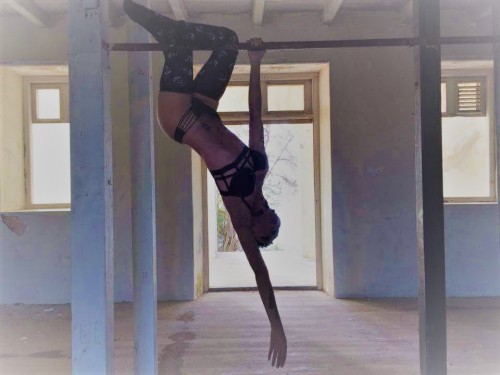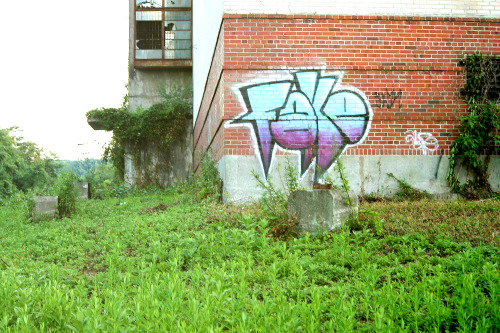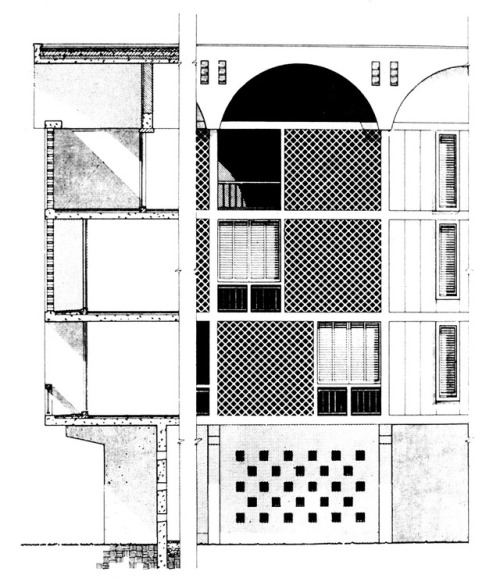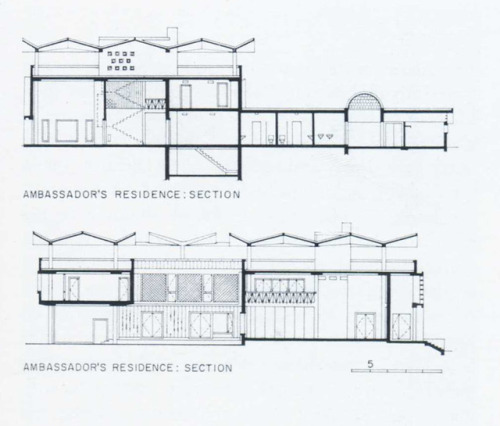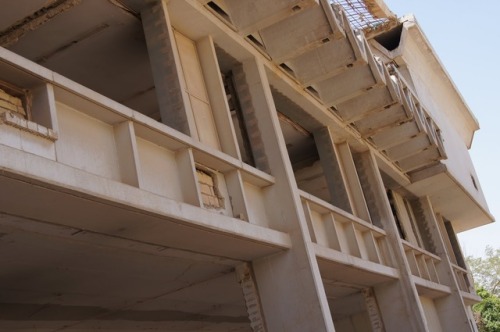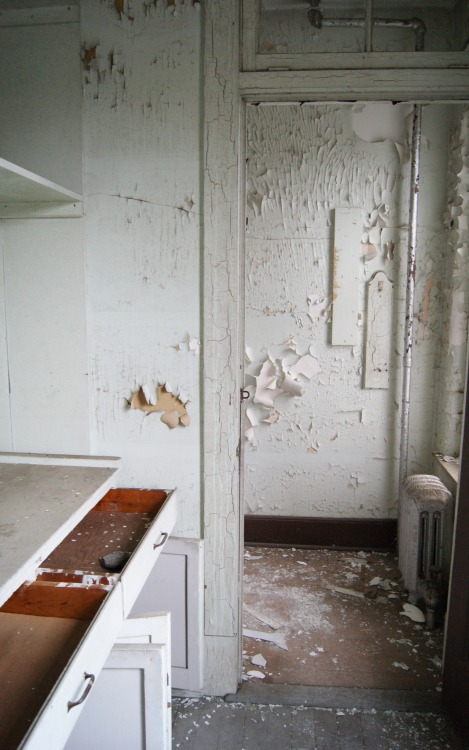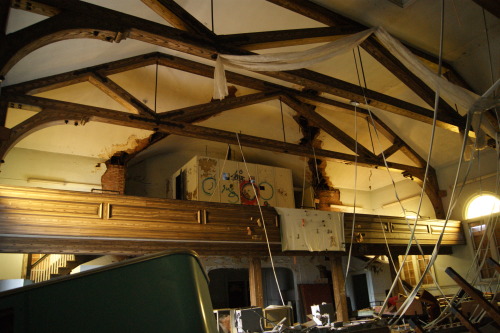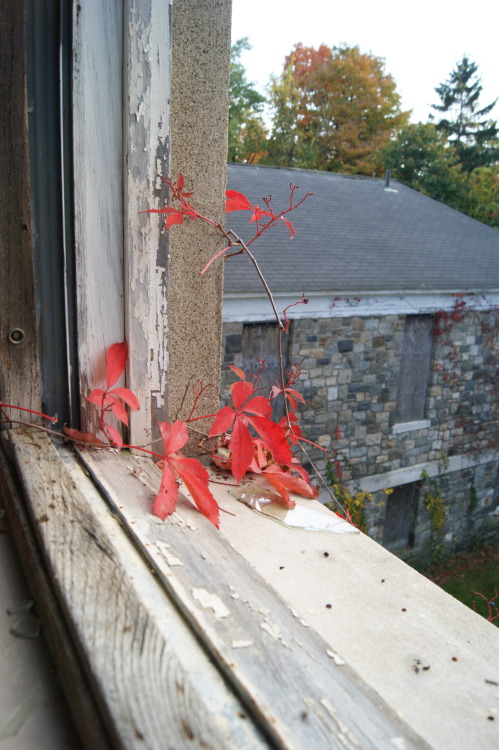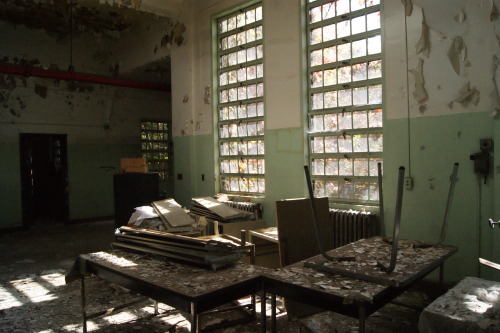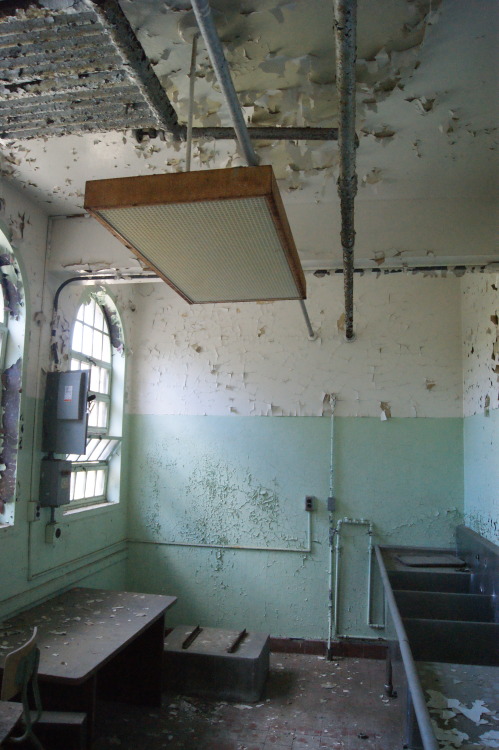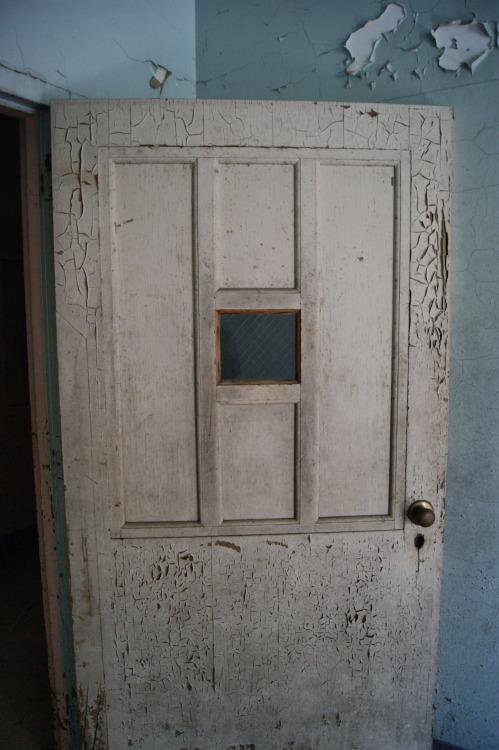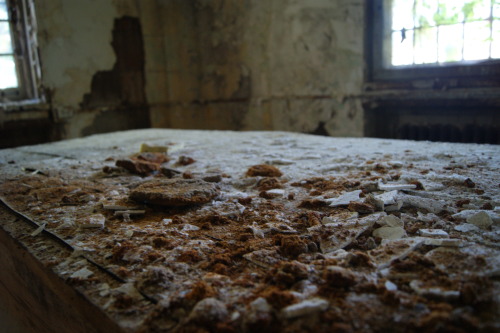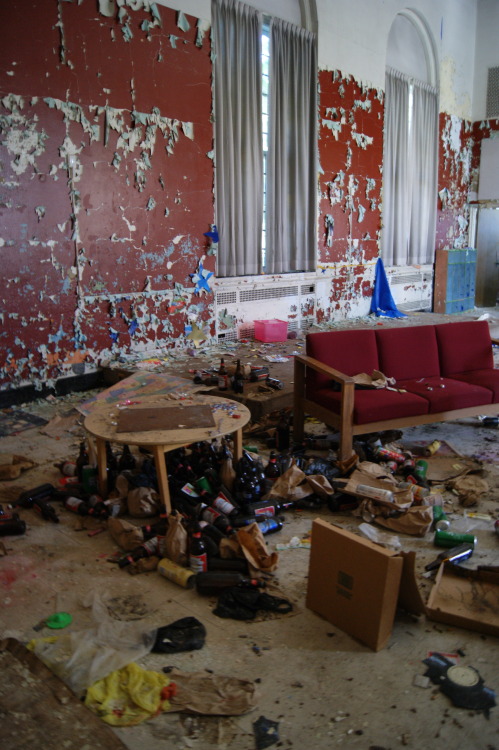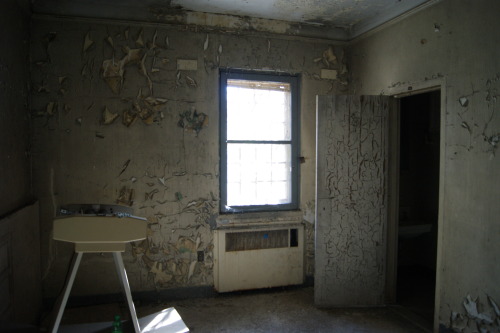#abandoned building

i never dreamed you’d leave in summer
i thought you would go then come back home
Architecture & Politics
Jose Luis Sert : Former US Embassy in Baghdad 1955-1959
· Today abandoned ·
This is how a masterpiece of avant-garde architecture with Spanish signature has been abandoned due to political disagreements since late 1960s till now.
Although the pictures above were taken in 2011, the complex was bombed in 2003 by US army, now is closed, abandoned and surrounded by tall cement walls, withouth a legal owner.
The late years it has been recognized by DOCOMOMO as a modern architectural building complex in danger.
Architects: Pedro Azara from UPC (Barcelona) and Ghada Siliq from (Bahgdad) have informed this situation through a range of research articles on the web, thanks to them and all you people interested on architectural heritage and building preservation.
Let’s go to the facts known:
70s. After US Embassy left the headquarters in 1968 due to political disagreements, Iraqi government decided to move there the headquarters of Ministry of Foreign Affairs.
80′s. Later, in eighties the Building complex changed owners and happens to be the Headquarters of Intelligence Services for Saddam Hussein Government.
Fortunately, the architects which assesored the president achieved the managment and the work of Sert haven’t suffer important modifications, it remained in good condition and well preserved until 2003,
2003. Time that US army bombed the former embassy of their own country, crazy.. After that, the building began its decay. After the zone was bombed, the location has become a restricted area (called ‘green area’) in Baghdad. Meanwhile US embassy continued using the building as a secondary dwelling while they raised their new embassy headquarters.
2010. The US embassy finally returned the headquarters to the Iraqi government which transferred the property to the Deputy Prime Minister of Iraq, later accused of terrorism. He fled to Iraqi Kurdistan. Since then, the property remains in a legal limbo.
2017. HOPE. Although there were signs of an attempt to preserve one of the best works of Spanish Architect, Jose Luis Sert, today we have any news about, waiting hopefully can be solved soon.
Certainly, there are lot of buildings and architectures around the world that have never been given the recognition it deserves, also it’s worrying how buildings are sometimes wrongly judged by population as a mere [overrated or underestimated] Symbol instead to value them as an architectural work, its contribution through history and how affects to people’s lives.
The articles below worth to read.
2008 Recinto de la embajada americana en Bagdad (1955-1959). José Luis Sert EN - ES +
2011. ‘Former American Embassy in Baghdad, Iraq designed by Jose Luis Sert 1957-59: A ruin that nobody wants’. An article written by Pedro Azara (Universitat Politècnica de Catalunya. BarcelonaTech [UPC]. EN +
2011. Josép Lluis Sert: Antigua embajada norteamericana en Bagdad (1957),hoy ES +
2013. Una historia de la antigua sede de la embajada norteamericana en Bagdad (Iraq), de José-Luis Sert (1955-1957) ES +
images: Taken by Ghada Siliq. Baghdad. (2011)
plans:+
Jose Luis Sert was the first architect of Spanish avant-garde, Apostle of rationalism in Spain, dean of architecture at Harvard for almost two decades. Sert was a man full of contradictions, a free verse in a world dominated by serial production.
bio+
documental: Josep Lluís Sert: un sueño nómada +
Post link
Why Be Happy When You Could Be Normal? by Jeanette Winterson / Ladder
Our primary meaning [of the word happiness] now is the feeling of pleasure and contentment; a buzz, a zestiness, the tummy upwards feel of good and right and relaxed and alive… you know…
But earlier meanings build in the hap - in Middle English, that is ‘happ’, in Old English, 'gehapp’ - the chance or fortune, good or bad, that falls to you. Hap is your lot in life, the hand you are given to play.
How you meet your 'hap’ will determine whether or not you can be 'happy’.
What the Americans, in their constitution, call 'the right to the pursuit of happiness’ (please note, not 'the right to happiness’), is the right to swim upstream, salmon-wise.

Pursuing happiness, and I did, and I still do, is not all the same as being happy - which I think is fleeting, dependent on circumstances, and a bit bovine.
If the sun is shining, stand in it - yes, yes, yes. Happy times are great, but happy times pass - they have to - because time passes.
The pursuit of happiness is more elusive; it is life-long, and it is not goal-centred.
What you are pursuing is meaning - a meaningful life. There’s the hap - the fate, the draw that is yours, and it isn’t fixed, but changing the course of the stream, or dealing new cards, whatever metaphor you want to use - that’s going to take a lot of energy. There are times when it will go so wrong that you will barely be alive, and times when you realise that being barely alive, on your own terms, is better than living a bloated half-life on someone else’s terms.
The pursuit isn’t all or nothing - it’s all AND nothing. Like all Quest Stories.
Why Be Happy When You Could Be Normal? by Jeanette Winterson / Tree in an abandoned building, Boston

When peope say that poetry is a luxury, or an option, or for the educated middle classes, or that it shouldn’t be read at school because it is irrelevant, or any of the strange things that are said about poetry and its place in our lives, I suspect that the people doing the saying have had things pretty easy. A tough life needs a tough language - and that is what poetry is. That is what literature offers - a language powerful enough to say how it is.
It isn’t a hiding place. It’s a finding place.

